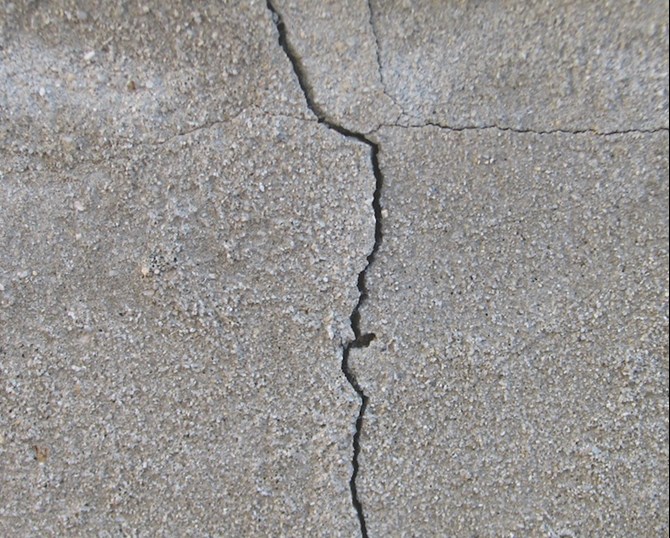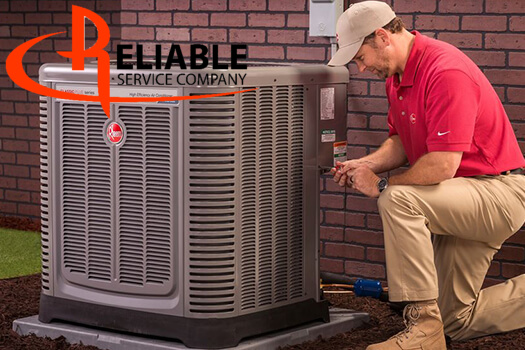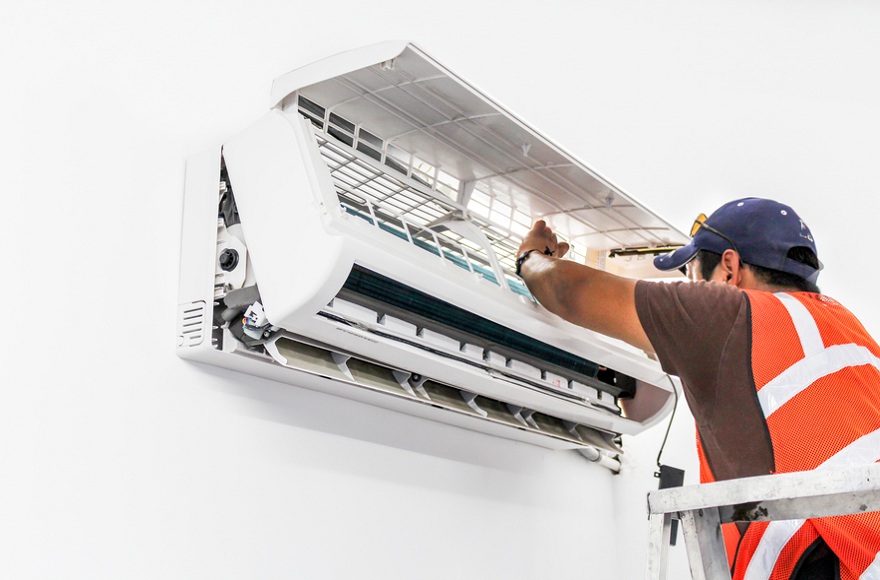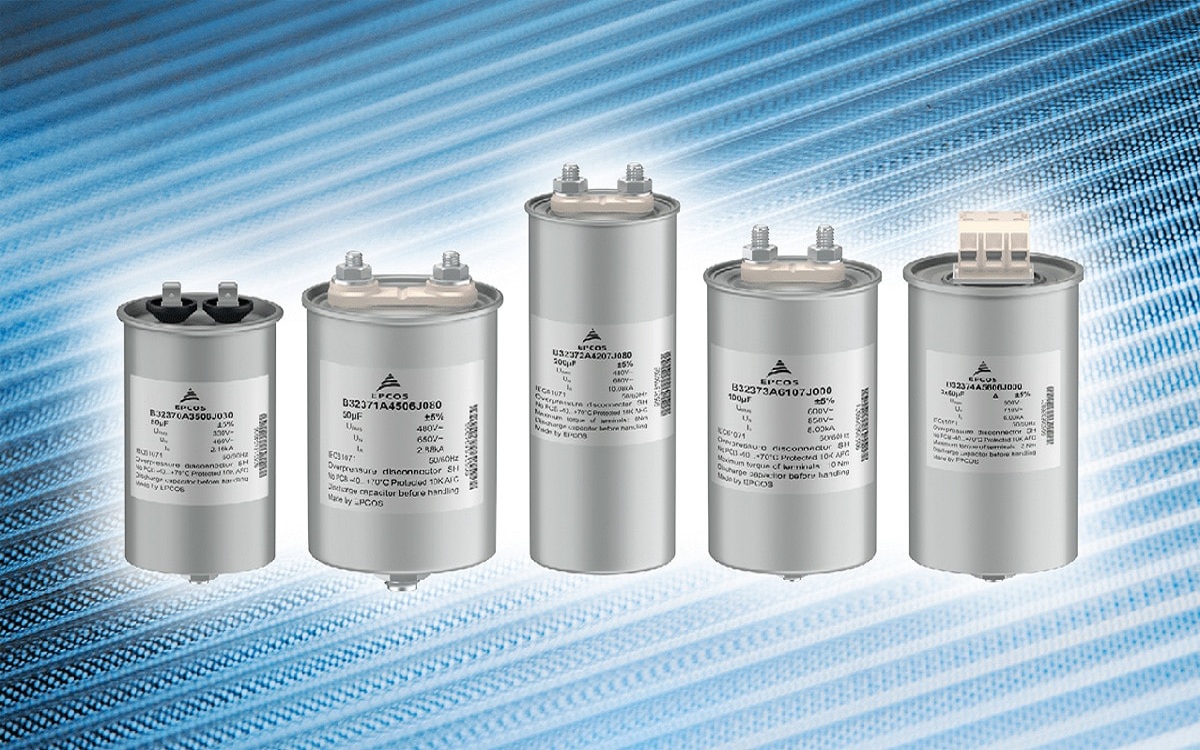Quality is of utmost importance for an iron foundry. Good iron foundries employ designated staff to check the quality of the product before shipping. Following are some common defects to look for.
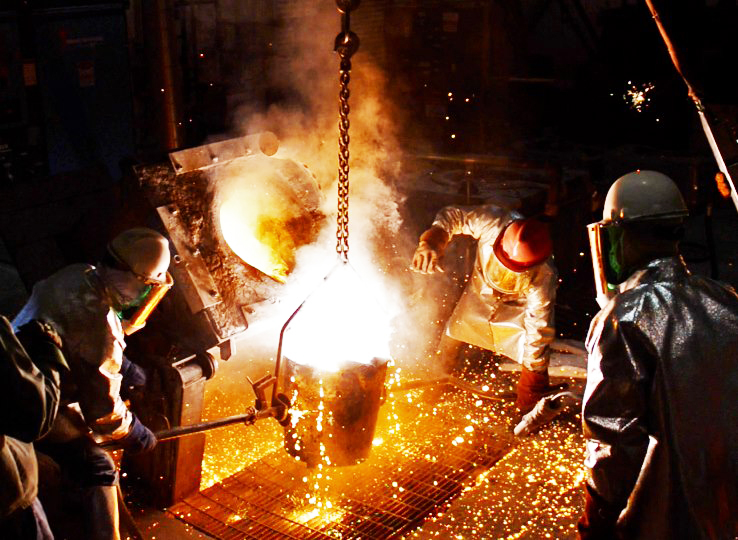
- Air Hole
If the mold is poured too fast, there is no proper ventilation or the water content in the molding sand is high, flat holes of different size may appear on iron castings.
- Projections at the Separation Line
If the metal gets into the clearance between the top and bottom of the mold halves, this defect might occur. The metal caster must take care during mold, pattern, and core making to avoid this defect.
- Scattered Contraction
Irregularities in carbon or nitrogen content in the melt can cause such defects and cavities may form at 90-degree angle to the surface.
- Shrinkage
A small raiser or imperfect gating system may cause uneven shapes with bumpy holes. Shrinkage might occur if the pouring temperature is very high.
- Slag
Slag can occur if the iron casting is not given the required melting time. A damaged filter or low pouring temperatures can also cause slag.
- Trachoma
If the molding strength is not of the proper strength, this kind of defects can occur.
- Sticky Sand
When there is insufficient sand or the pouring temperature is too high, the defect of sticky sand might occur.
- Staggered Box
Incorrect alignment of the top sand box and the down sand box can cause staggered box. To correct this, the sand boxes should be aligned properly.
- Fillet Vein
If there is too much binder in the sand, a gap is formed in the mold during casting or molding process.
- Veining
The veining is caused by sand contraction due to heat. Sand composition and heating must be adjusted to prevent cracks and veining.

I’m Carrie Phillips. I love to share my tips and tricks for home improvement, as well as provide ideas for how you can transform your space with DIY projects.




